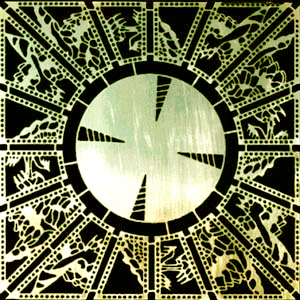In excess, nitrogen and phosphorus in our waste streams can stimulate algal blooms and create conditions dangerous to marine and lake ecosystems and human health. According to the website of the Rich Earth Institute, a Vermont-based company focused on using human waste as a resource, most of the nitrogen and phosphorus in wastewater comes from human urine, even though it makes up only 1 percent of wastewater. Removing urine could remove 75 percent of the nitrogen and 55 percent of the phosphorus from municipal wastewater treatment plants. And those nutrients could then be recycled for use as fertilizer.



At least that will prevent a urine recession.